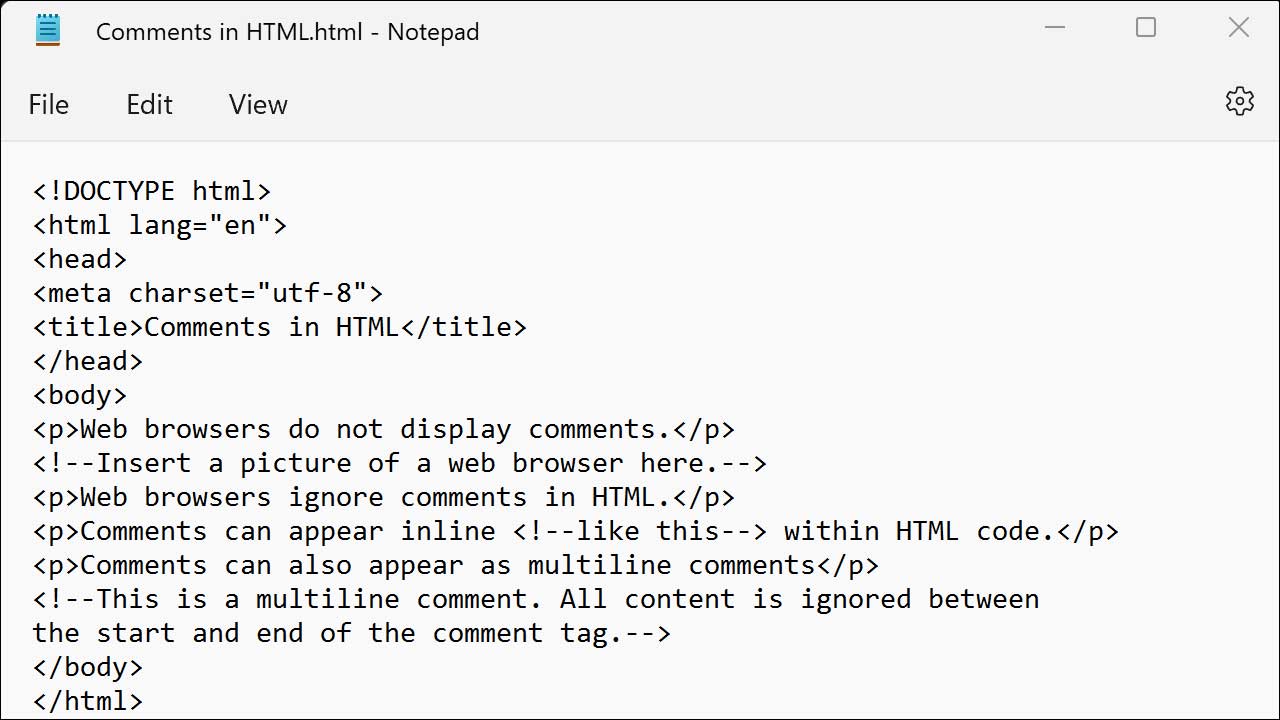A Long Way from HTML
I started my career making websites for schools and colleges back in the 1990s. At the time, building web pages always started the same way by typing the characters “<HTML>” onto an empty text editor. From there, the web page development can be as simple as a static page displaying text, hyperlinks, images, and media files, or as complex combinations of the same files, resulting in interactivity that attracts users to return. Decades later, I cannot imagine making the web pages we visited today by manually editing the publishing language of the World Wide Web.
Since the early days of the internet, websites have come a long way. HTML is a very simple language that does not permit much customization or interactivity. In recent years, there has been a trend toward developing websites that foster interactive and engaging user experiences. The solution for developing these websites is software, and Articulate 360 serves as a perfect example. The advent of such tools for the automated compilation and administration of web pages allowed the web to flourish and enabled non-technical users to generate and publish web pages rapidly and without difficulty (McGuiness, 2002). In addition to the usual text, images, videos, and audio, instructional webpages developed with Articulate 360 benefit from easily incorporating designs featuring interactive elements such as forms, chatbots, and games. These elements help to make dynamic web pages and engage users.
Today, and thankfully, it is much simpler to create and maintain websites than it was in the past. With powerful tools like Articulate 360, creating interactive, multi-device-friendly, and engaging web courses is possible even for those with little or no experience with web page development. Included in the software suite is Rise 360, which I use to create an online course. It was user-friendly, and I began creating content within minutes of activation. Rise allows instructional designers to customize their courses by incorporating media such as slideshows, photographs, and videos. Rise 360 also allows for incorporating interactive features, such as flashcards and graphs, to engage students. There are also tools for checking understanding with simple assessment tools such as multiple-choice, matching, and fill-in-the-blanks.
For those looking for a powerful and flexible online course authoring tool, Articulate 360 is worth consideration. It is user-friendly and inexpensive, making it an excellent option for creating highly interactive and engaging courses. While there are obstacles, including cost, these are minimal when compared to the advantages of using this tool, which empowers anyone to design and establish an online course.
Reference
McGuinness, D. L. (2002). Ontologies come of age. Spinning the semantic web: bringing the World Wide Web to its full potential, 171-194.

Comments
Post a Comment